





February 2023 Turkey Post Earthquake Reconnaissance
Turkey April 2023
From April 8 – 13, 2023, Engr. Rolando B. Sanchez, travelled to Turkey to survey the damage
caused by the 2023 earthquake.Traveling a distance of over 1000 km, the reconnaissance included places like Elbistan, Kahramanmaras, Hassa, Islahiye, Osmaniye, Nurdagi, Arsuz, Iskenderun and Hatay.
In an olive farm located in Antakya, Hatay, a large fissure devastated a million year old, cutting through solid rock.
Despite being located 300 kms away from the epicenter, Hatay suffered the most from this earthquake as compared with other provinces.
In Kahramanmaras, those that are left standing but damaged are deemed non-operational after a series of sequential earthquakes.
In the Ahir Mountains, located uphill of Kahramanmaras, it is notable that fewer old buildings collapsed even though it is detailed as non-ductile type.
Probably due to differences in sedimentology, topography, geotechnical, fault epicenter location rupture with respect to site pulse directivity these
parameters produce each site significant difference in ground motion. According to locals, numerous buildings collapsed after the second wave of earthquake
occurred. A large number of structures are solid flat slabs (some of it is asmolen type - twist shear failure at asmolen web at near frame beams can be observed)
this are combined with very elongated thin columns (like blade shear walls non ductile detailing) and others reinforced concrete beam frame or frame wall system.
These frame or wall systems developed sliding shear at the construction joint, buckling of rebars (mostly not all rebars are well confined with closely spaced ties
per seismic code). It is located at a plastic hinge zone on soft ground story level that will lead eventually to collapse. Tension failure on rebars is also evident
on slender buildings with 100% splice on critical regions like ground level.
In Iskenderun, liquefaction is evident and some of the buildings are titled probably because there are no piles foundations. The mountain regions like Osmaniye most
likely made of hard limestone, basalt, sandstone and below the mountain regions, its ranges of flat areas are down slope spill debris of pebbles stone like in Erzin
have less damage depending on sedimentology. The Elbistan and Dortyol hospitals have a friction pendulum isolator that was capable of being operational despite it being
near the fault line. It is also noted geotechnical conditions on Elbistan hospital are on a hard rock. In 2003 Turkey and Syria had similar observations from the earthquake
in Abra (2019), Bohol (2015), Surigao (2017) and RBS small scale Shake laboratory Experiments.
Lesson learned from this is we moved forward from code life safety in designing buildings and its non-structural components towards functional recovery after a series of sequential
earthquakes. RBS have been continuously conducting experiments on a variety of damper devices, low cost isolators on low rise buildings and special detailing on critical structural weakness.
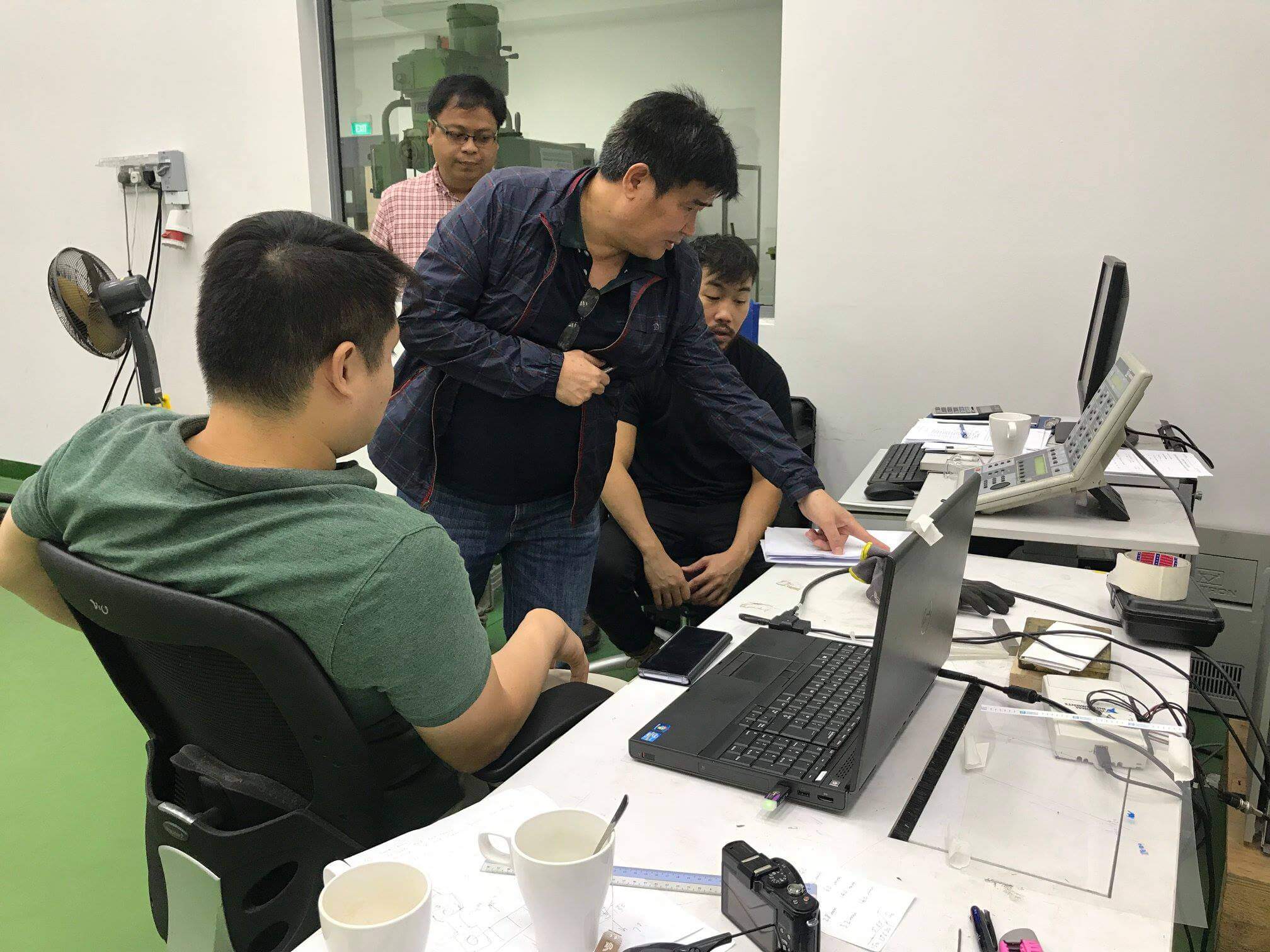
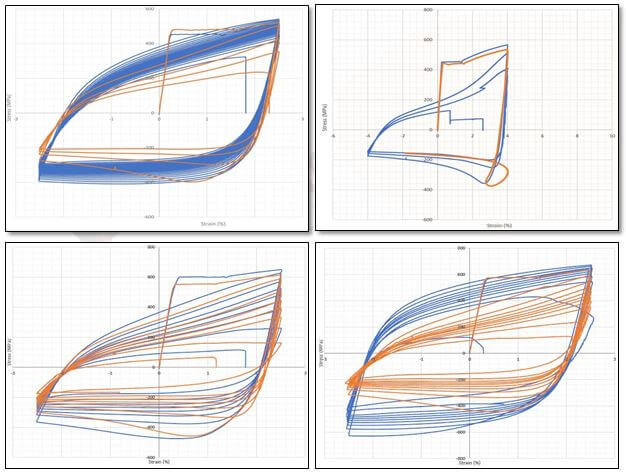

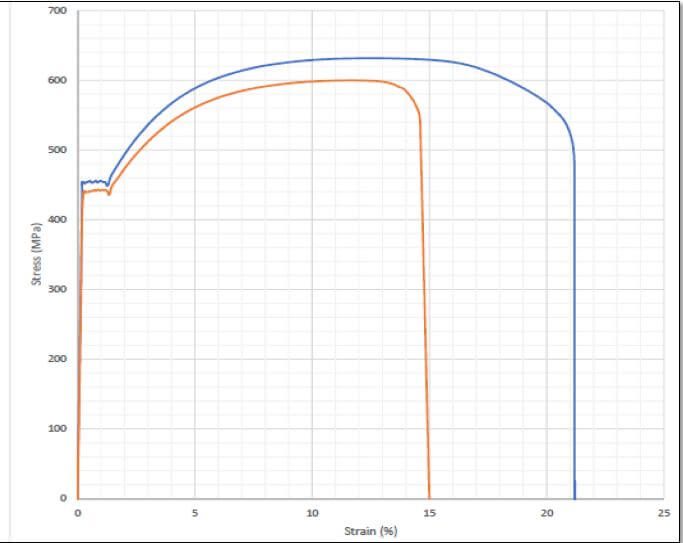
A comparative Study on the Buckling Effects and Curve Deformation Geometry between Micro-Alloyed Reinforcing Bars and Quenched Tempered Reinforcing Bars using Low Cycle Fatigue Rebar Testing
DNV GL Laboratory, Singapore 19 – 21 September 2018
The local quenched tempered reinforcing bars were compared with micro-alloyed reinforcing bars from China with an intent to prove whether the latter is a more efficient option or an expected substitute altogether, taking into consideration the cumulative degradation of rebar and concrete in a series of earthquakes to predict the remaining life cycles of the materials in use. These reinforcing bars degrade and lose cyclic life due to seismic occurrences which lead to the deterioration of reinforced concrete structures, hence the need for rebar profiling. The Low cycle fatigue testing is an attempt to compare quenched tempered bars of different grades from various local suppliers. With Grade 60 and Grade 75 bars as the prime test specimen, the team carried out intensive studies prior to the actual testing. Part of the process is the development of a least fit square regression using the data from the rebar testing. The least fit square formulates a working equation that correlates the number of life cycles of the rebar and the strain of the local bars. The resulting equation will be used to compare the ductility requirement for the spacing of ties.
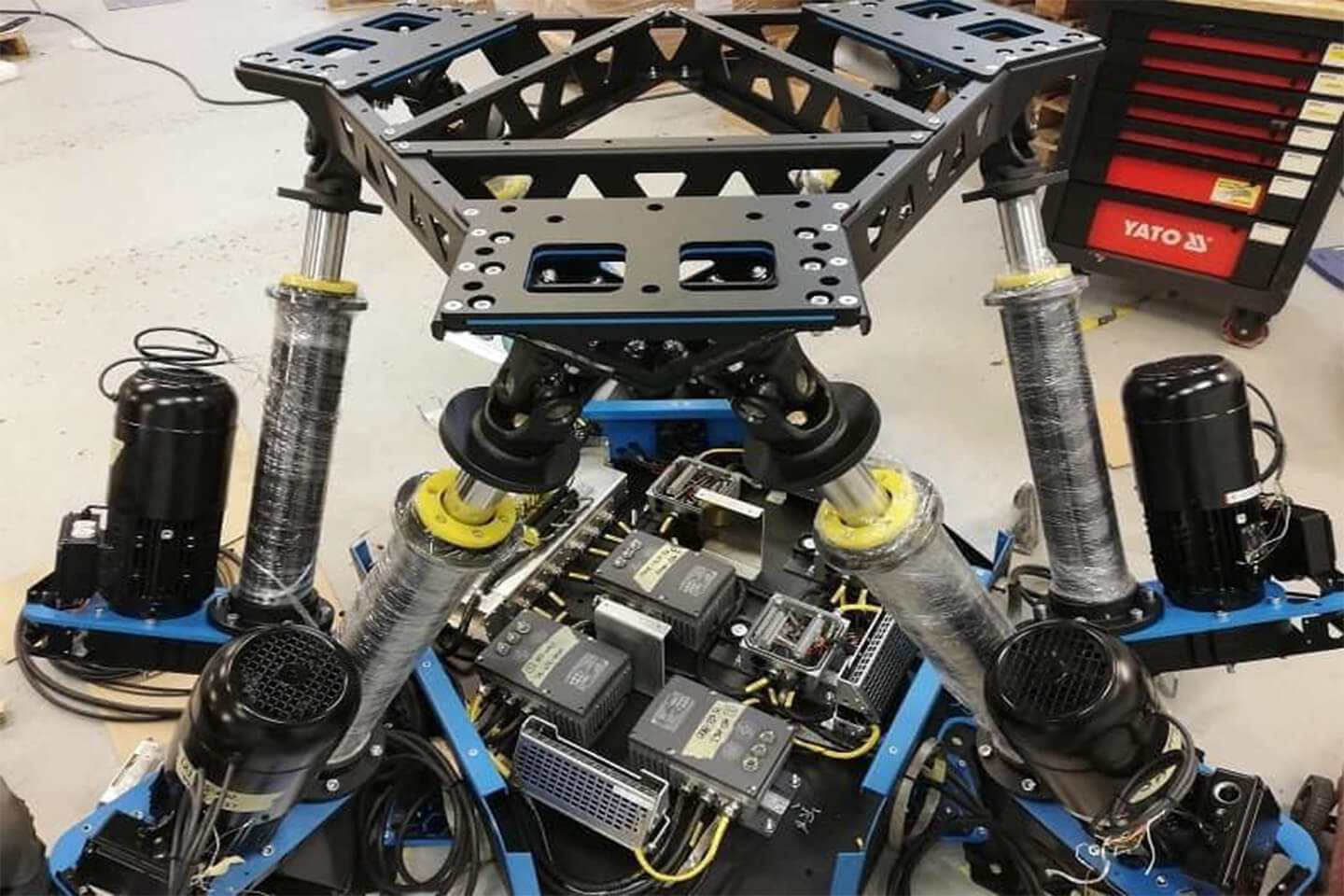
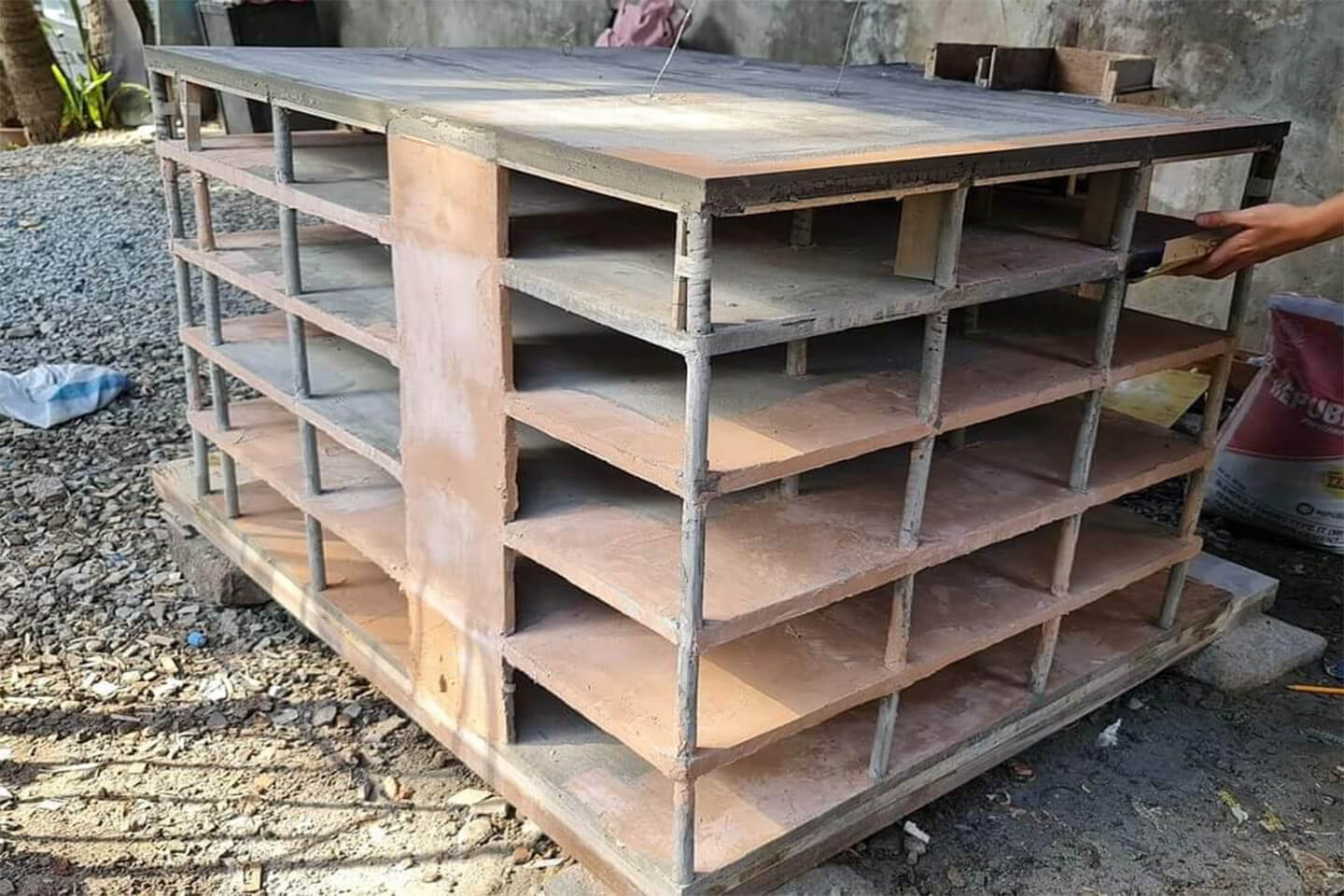
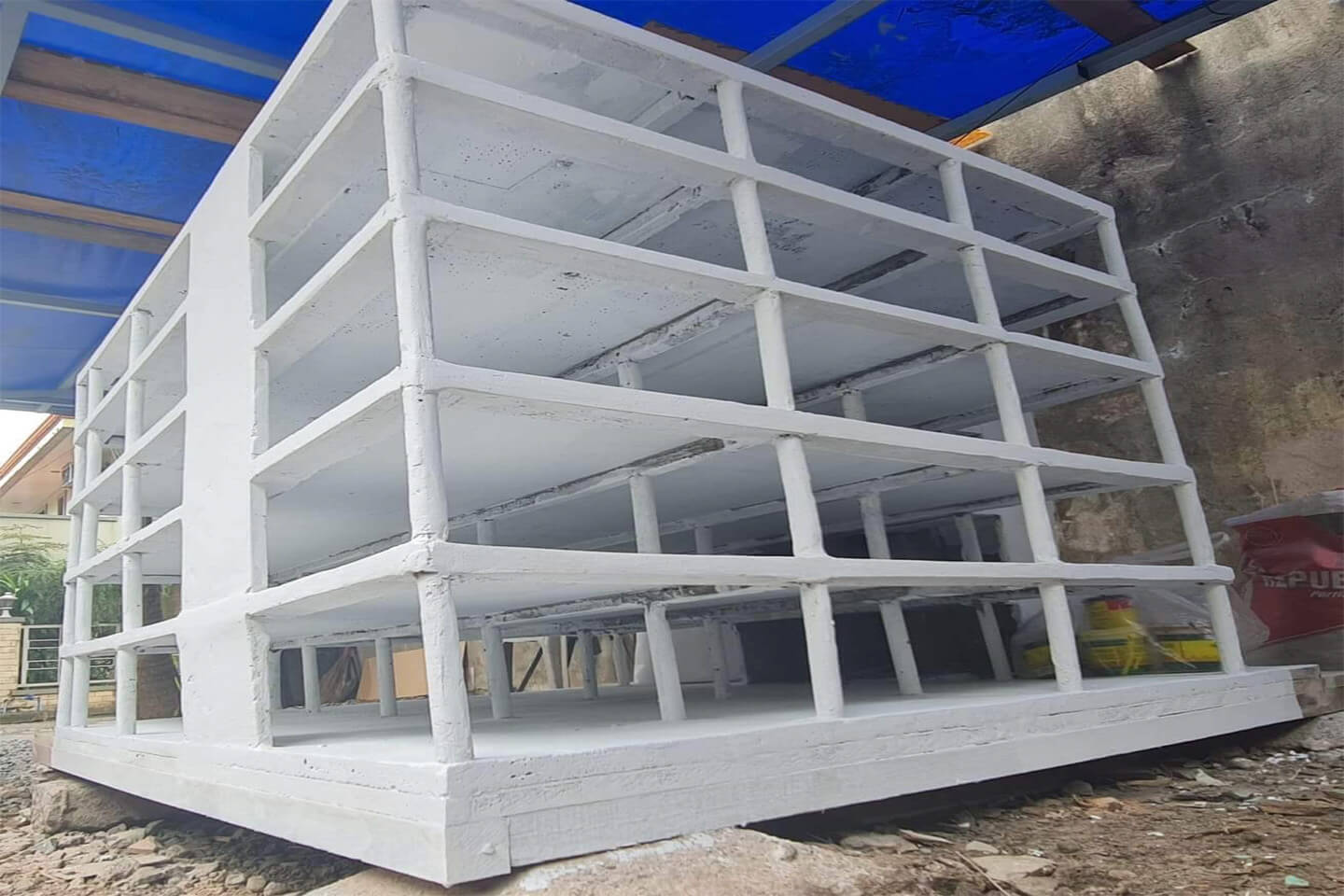
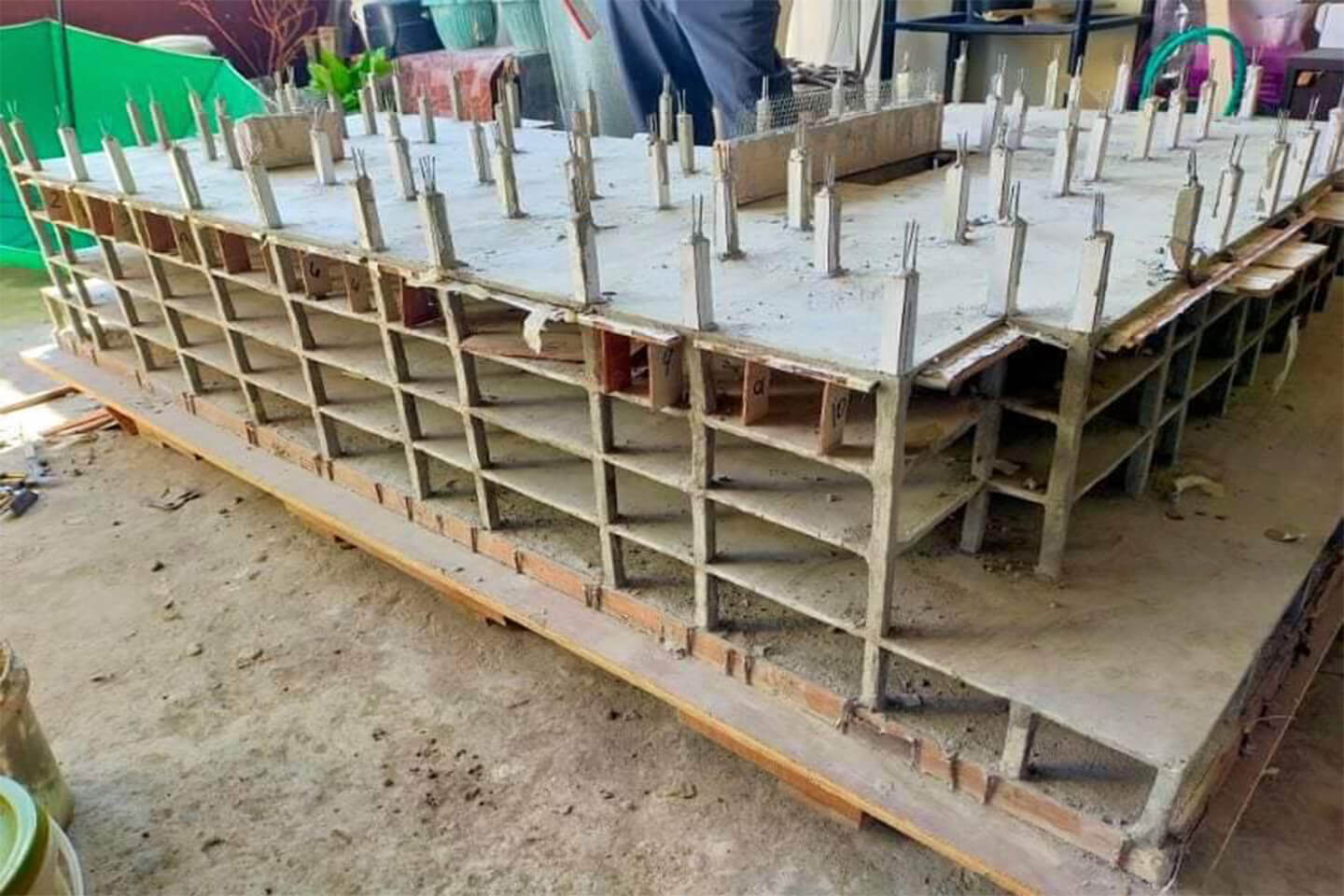
Shake Table Test
The shake table test aims to simulate the cumulative fatigue damages in a small-scaled structure through a series of magnitude horizontal and vertical ground motions. This test also includes the assessment of seismic performance and to acquire future development schemes in improving structures.Modeled after the Champlain Towers South in Miami, Florida, this small scale structural model will be subjected to 40 years of micro earthquake tremors (both vertical and horizontal motion), pile driving vertical vibration of adjacent construction property, as well as localized corrosion on exposed areas to salt water to determine cummulative fatigue damage on materials. The advantage of small scale shake test table vs. large table on global performance level is that unlimited series of micro ground motion coupled with vertical motion that can be applied. This research is dedicated for ensuring public safety through the improvement of detailing FLAT PLATE structural system buildings , to prevent progressive collapse to disproportionate level.
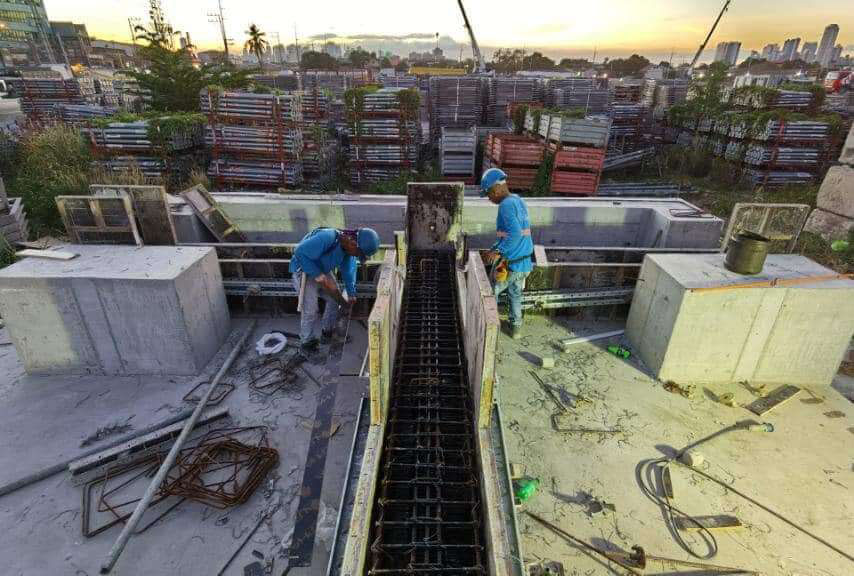
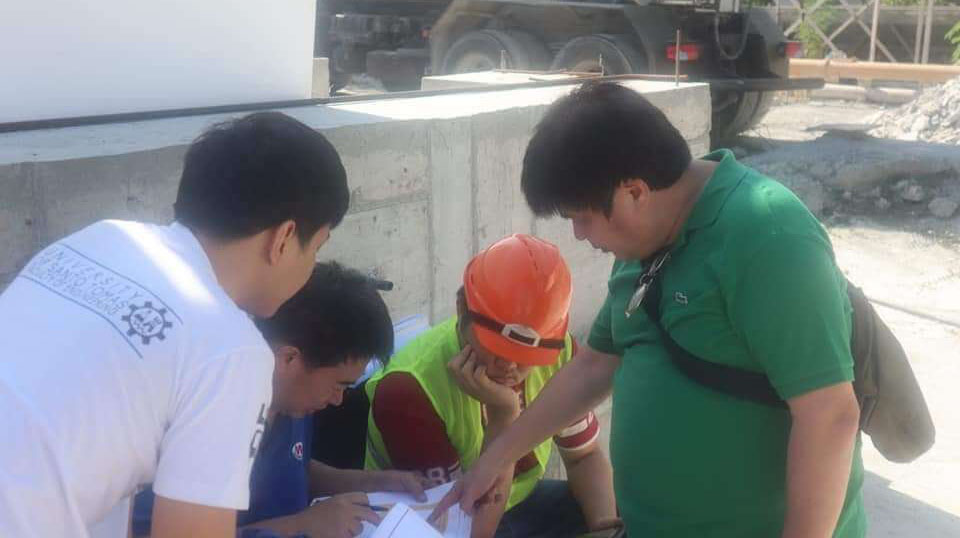
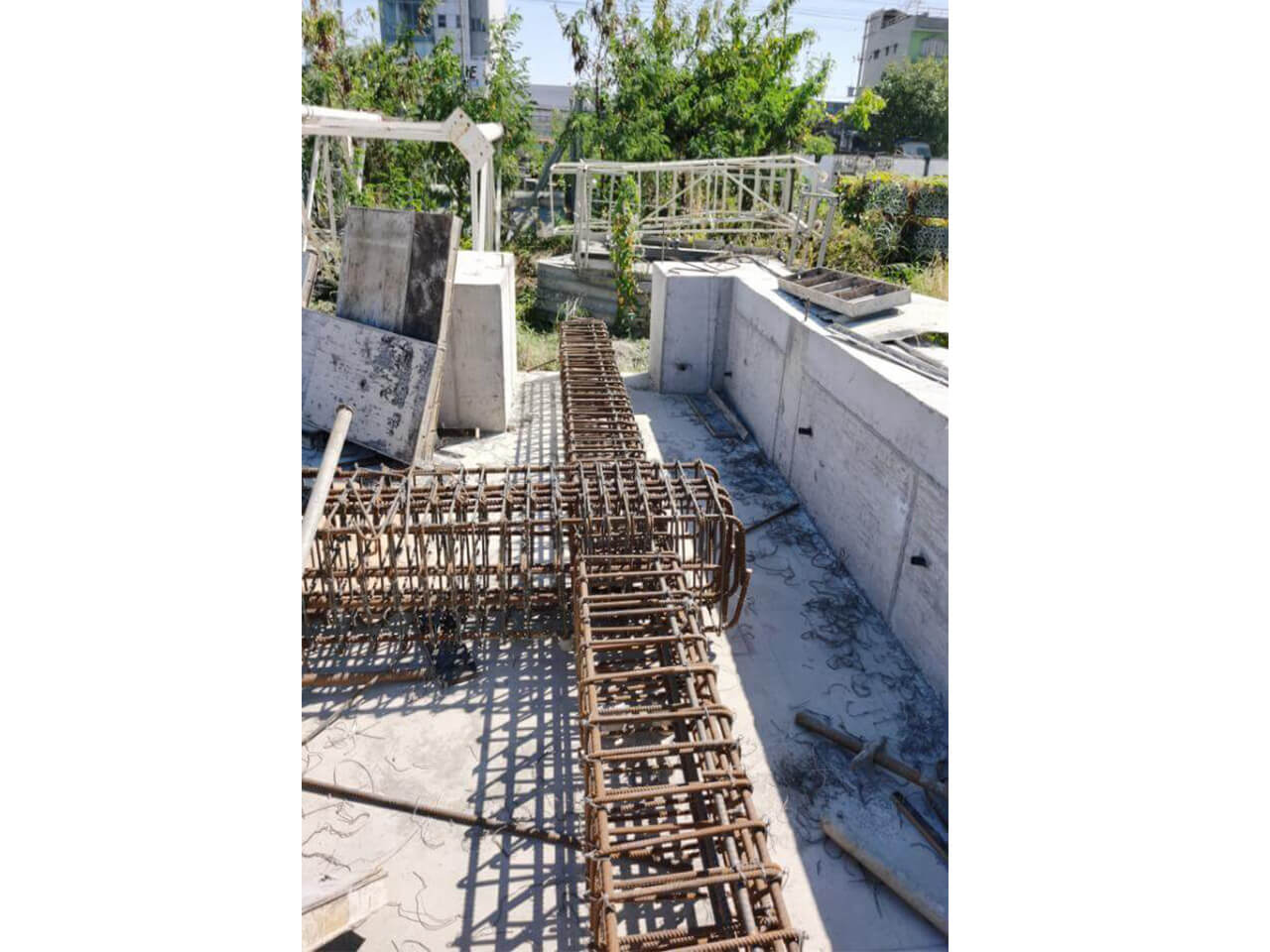
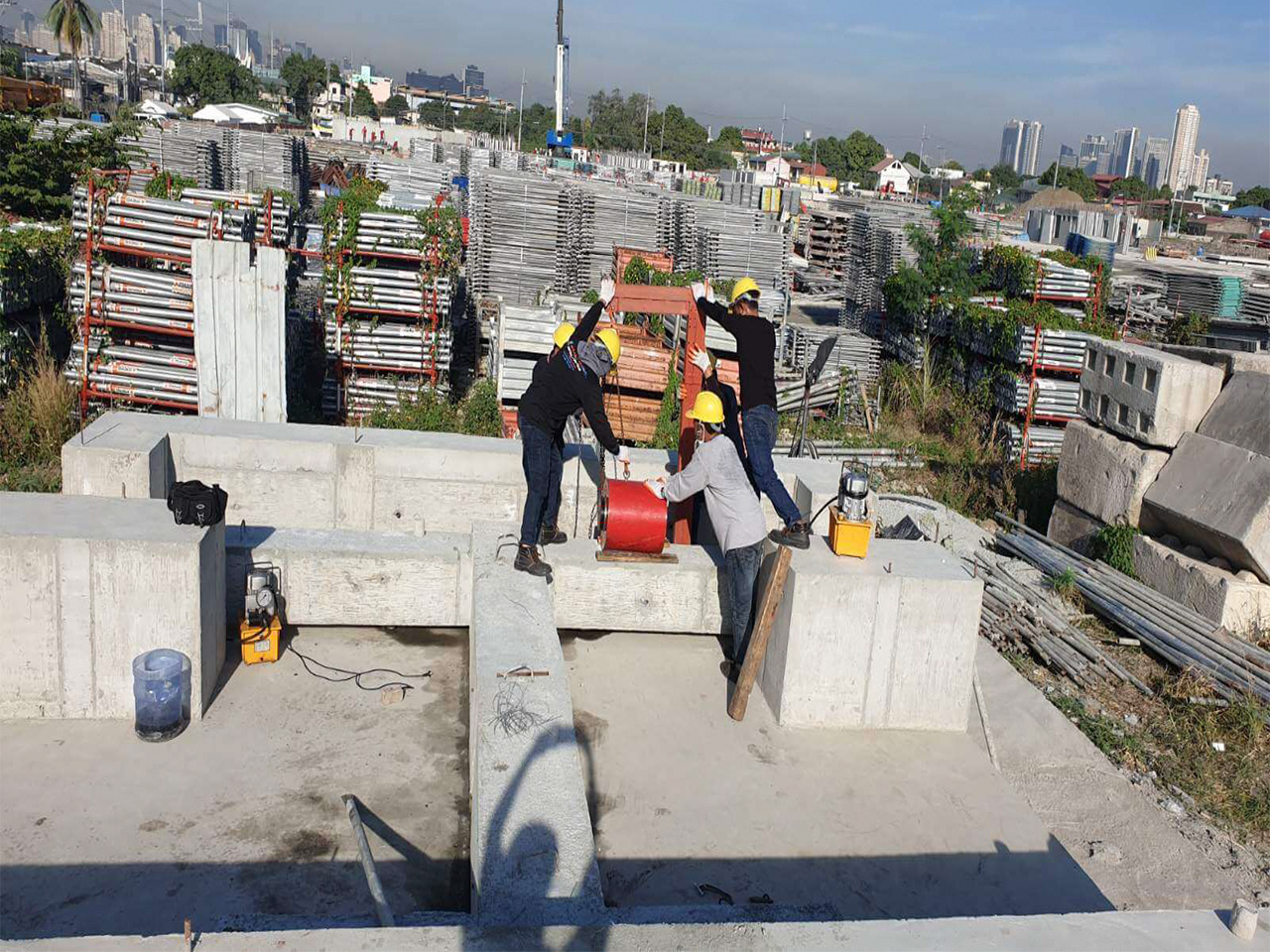
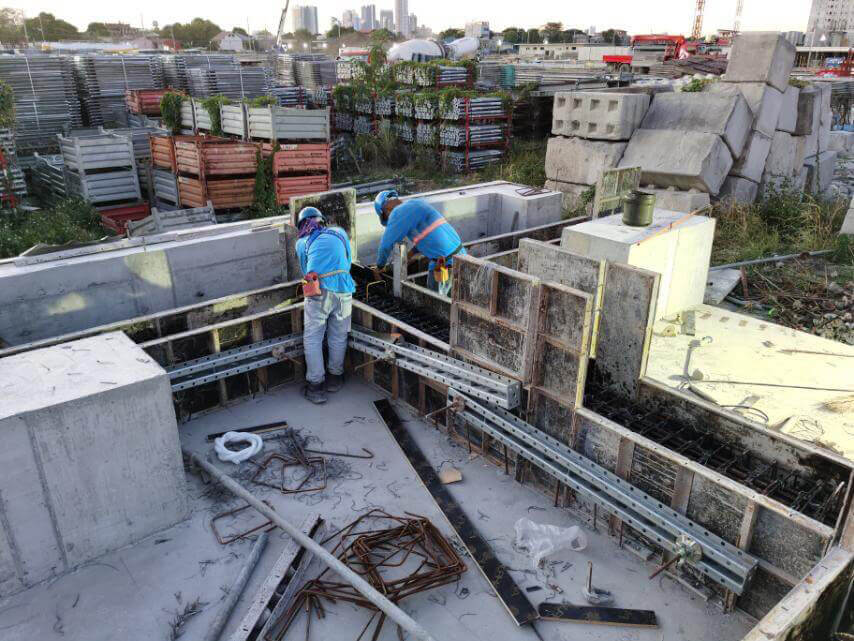
Evaluation of the Seismic Performance of Reinforced Concrete Beam-Column Joints with Grade 75 and Grade 60 Steel Reinforcement under High Axial and Series of Earthquakes
Empire East Highland Mall, Cainta, Rizal 2020 March
The study was tested based from the beam-column joint at the 2nd floor of the Empire East Highland Mall. It intends to conduct a component test on two (2) specimens of reinforced concrete beam-column joints under axial loading and bending moment. Both specimens are made up of quench tempered reinforcing bars. The first specimen will have a yield strength of 414MPa (Grade 60) and the second specimen will have a yield strength of 520MPa (Grade 75).

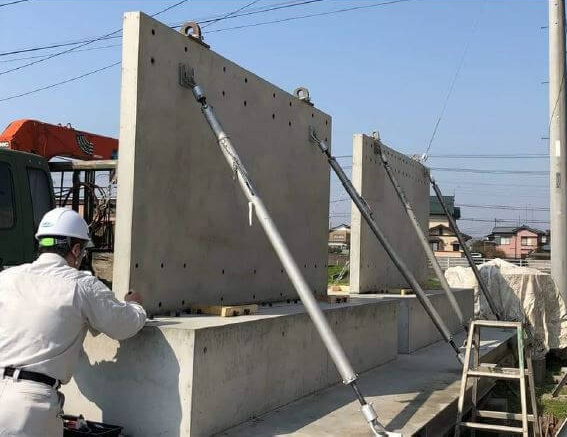
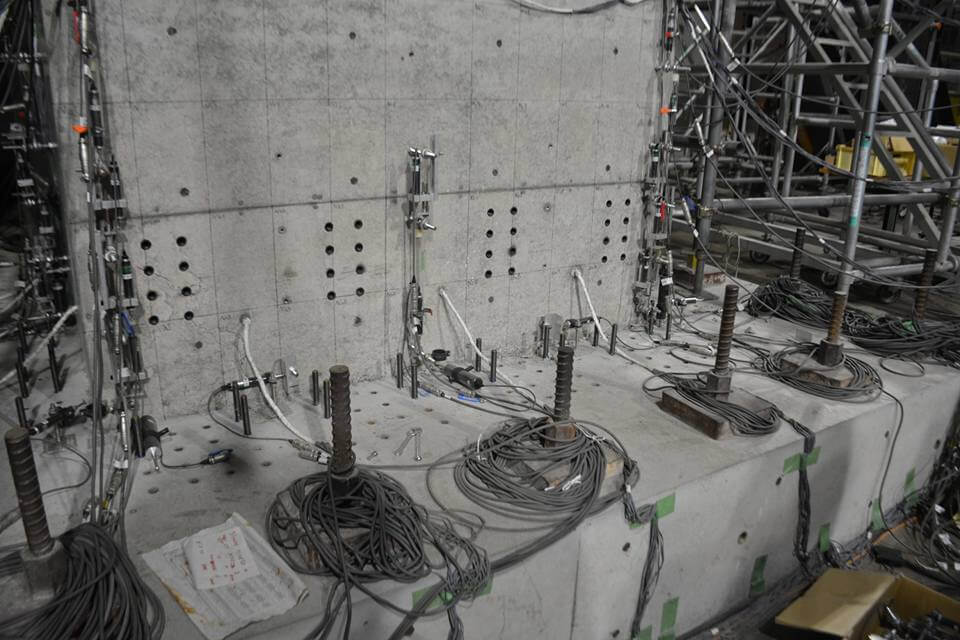
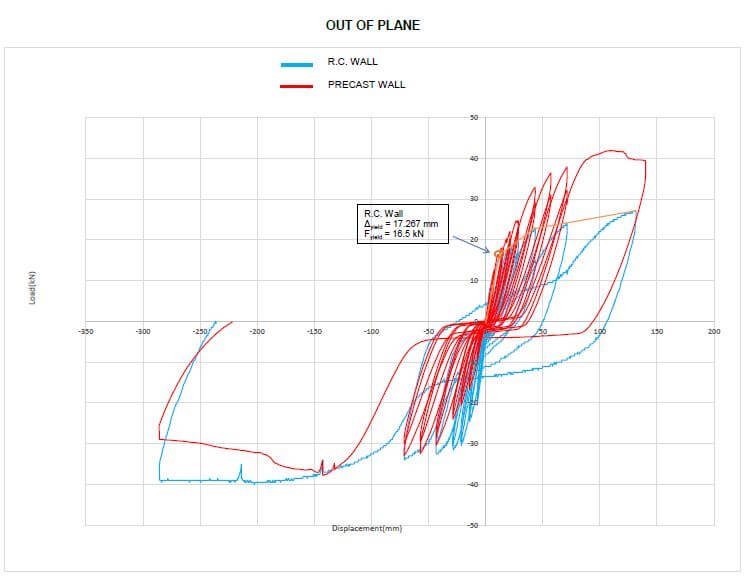
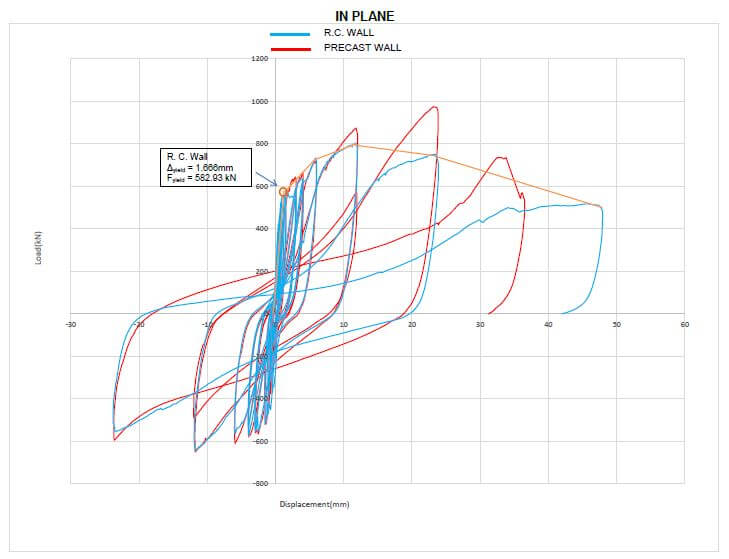




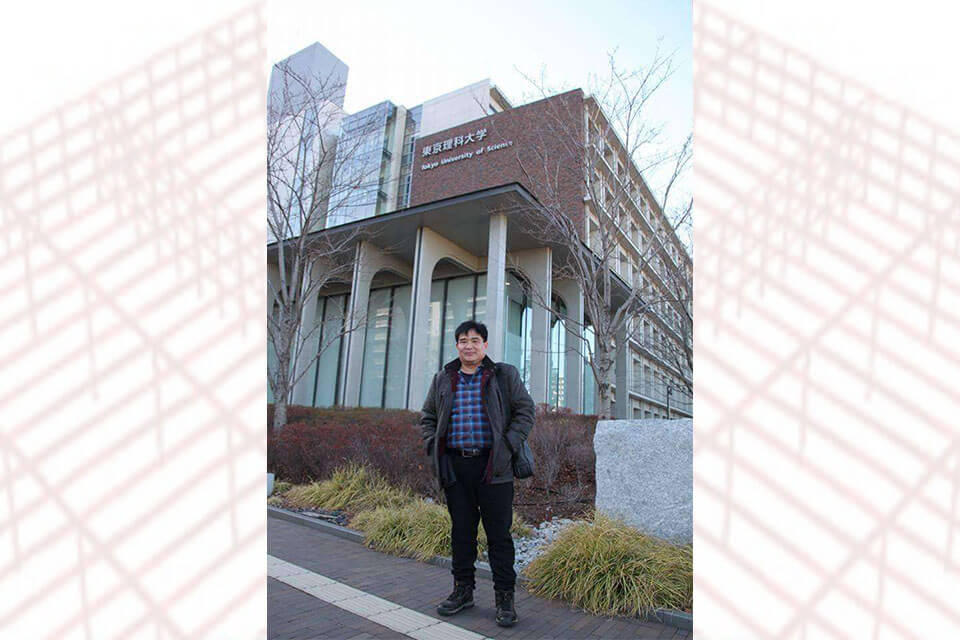
Precast Shearwall In-Plane and Out-of-Plane Reversed Cyclic Testing
Tsukuba Building Testing Laboratory, Japan 6 – 16 May 2018
The reversed cyclic testing of shearwall was conducted to evaluate the performance of using a mechanical coupler and compare this to the conventional method of rebar splicing for both shear (in-plane) and flexure (out-of-plane). The shear capacity of interlocking hoop confinement ties as contribution to the overall web strength of shearwall was validated. The analytical stresses of concrete and rebar from analytical modelling techniques were compared to the actual test results as well as the determination of hysteresis backbone curve which will be applied to Performance Based Design.
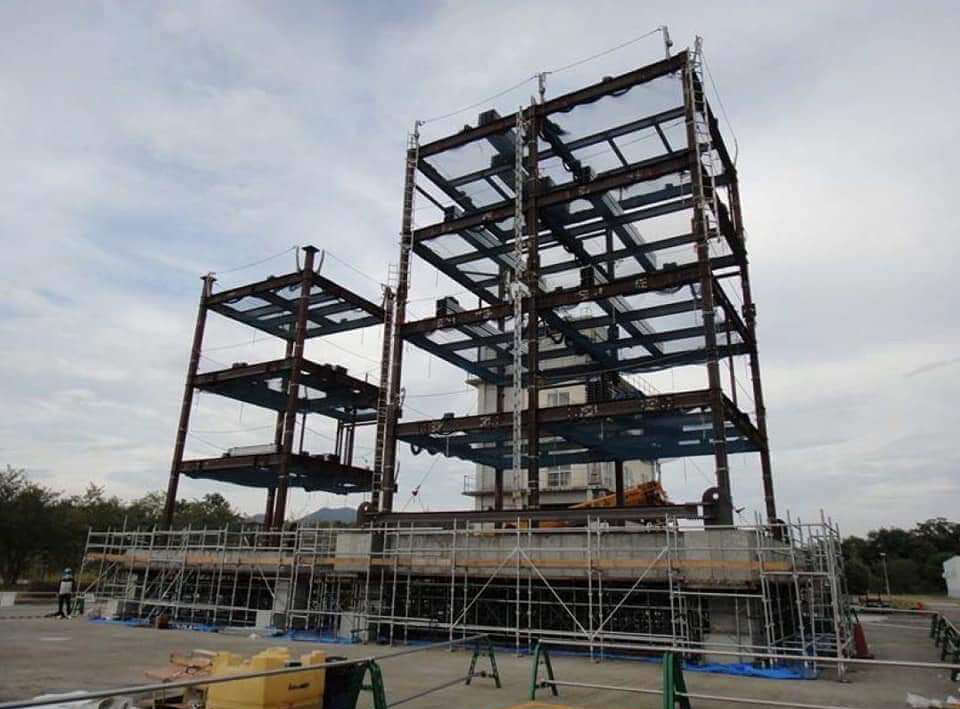
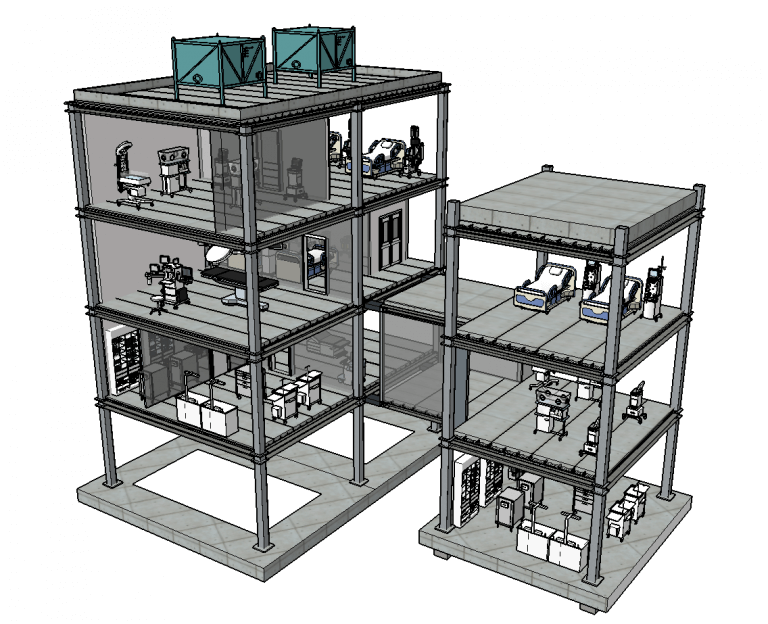
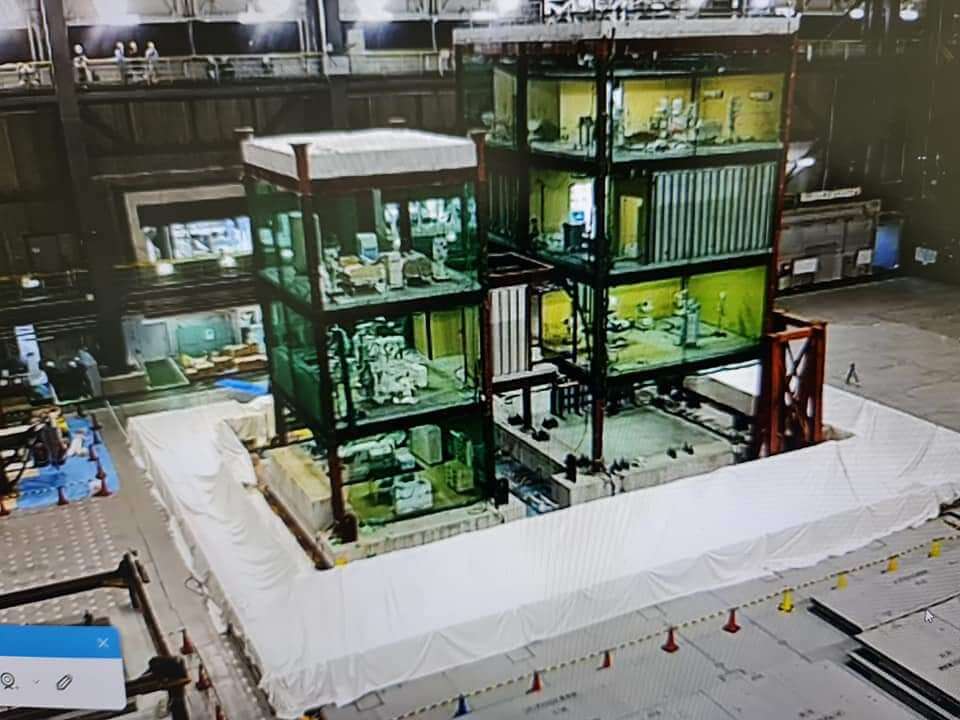
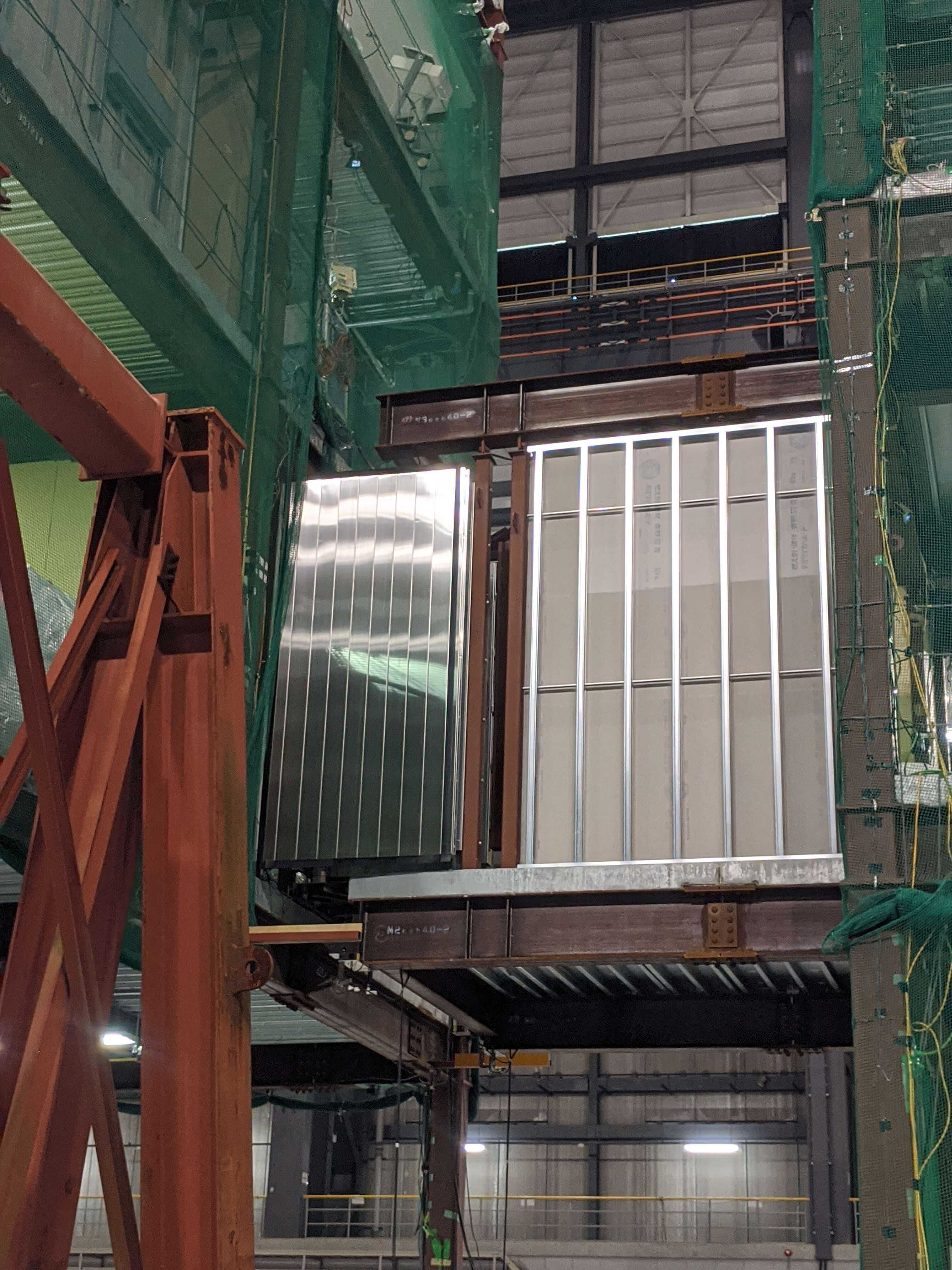



Blind Prediction Analysis: Integrated Complex Structural/Non-Structural Assessment on Steel Hospital Building
Japan 2020 December
The Blind Prediction is a competition for structural design engineers all over the world and supported by the Tokyo Metropolitan Resilience Project of the National Research Institute for Earth Science and Disaster Resilience (NIED). This research measure and classify functionality and the current resilience in a hospital setting by using: (1) a full-scale representation of a complex two-building multi-story hospital with both fixed and isolated base, (2) various nonstructural components and critical medical equipment.
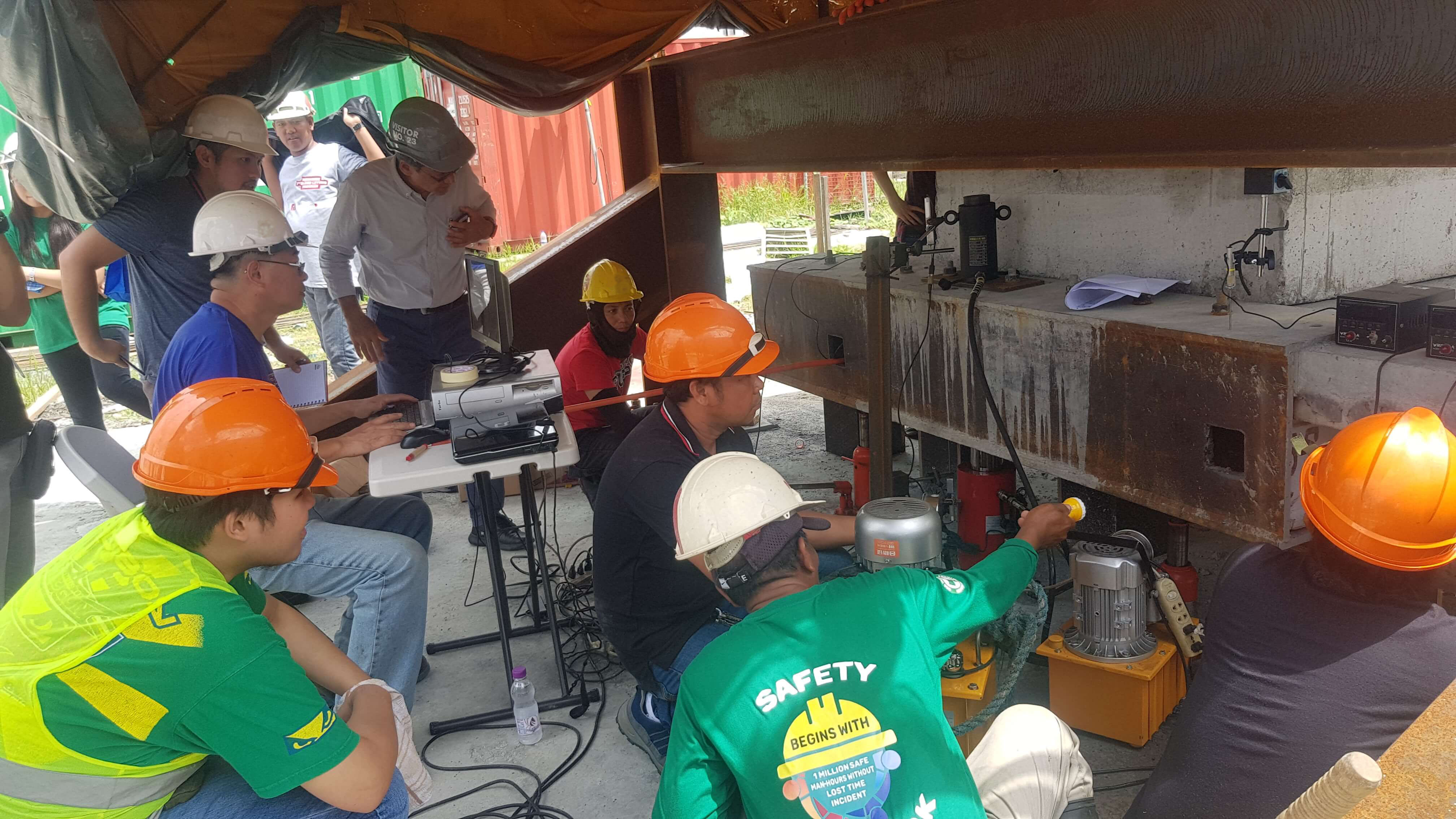
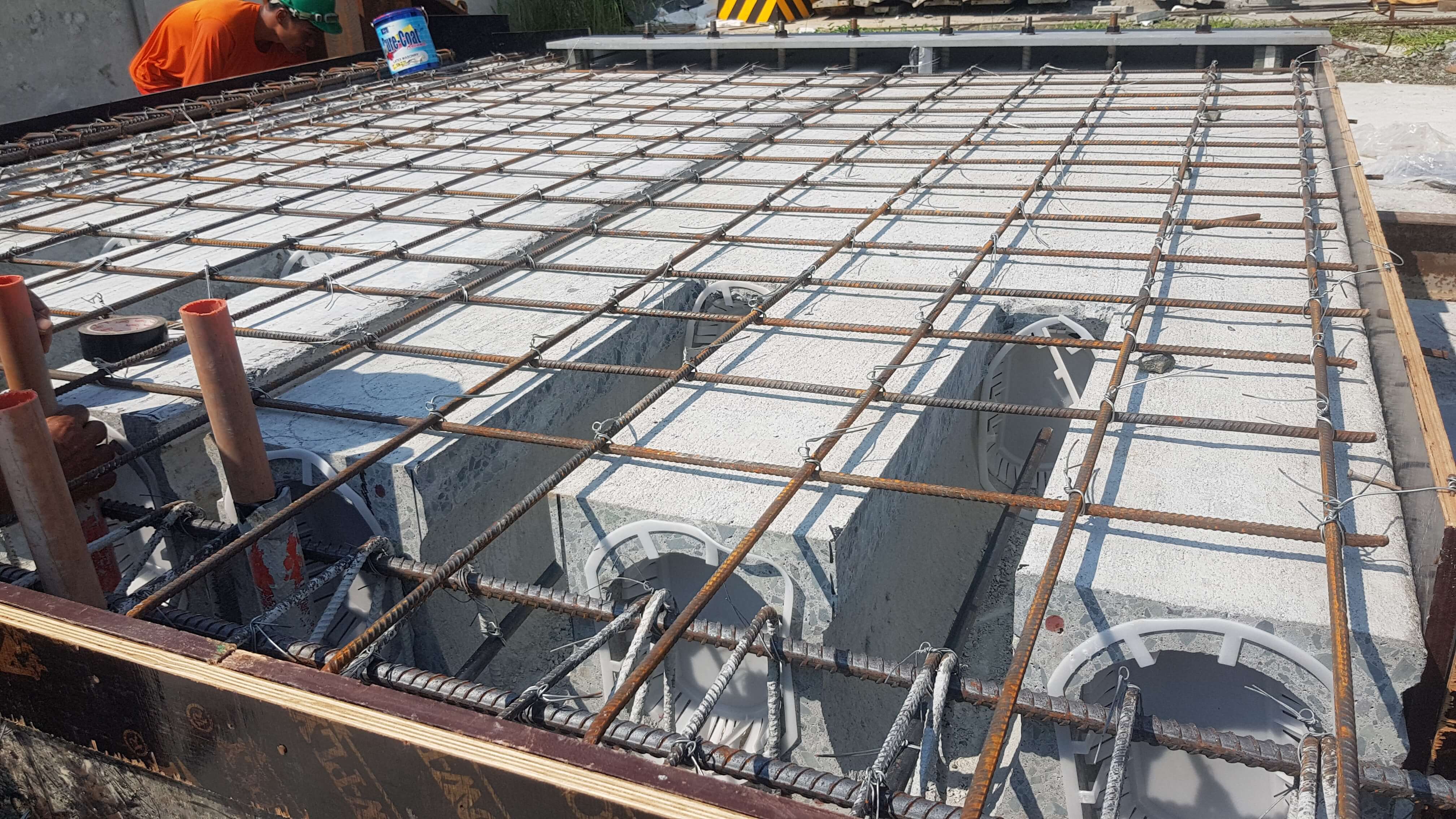
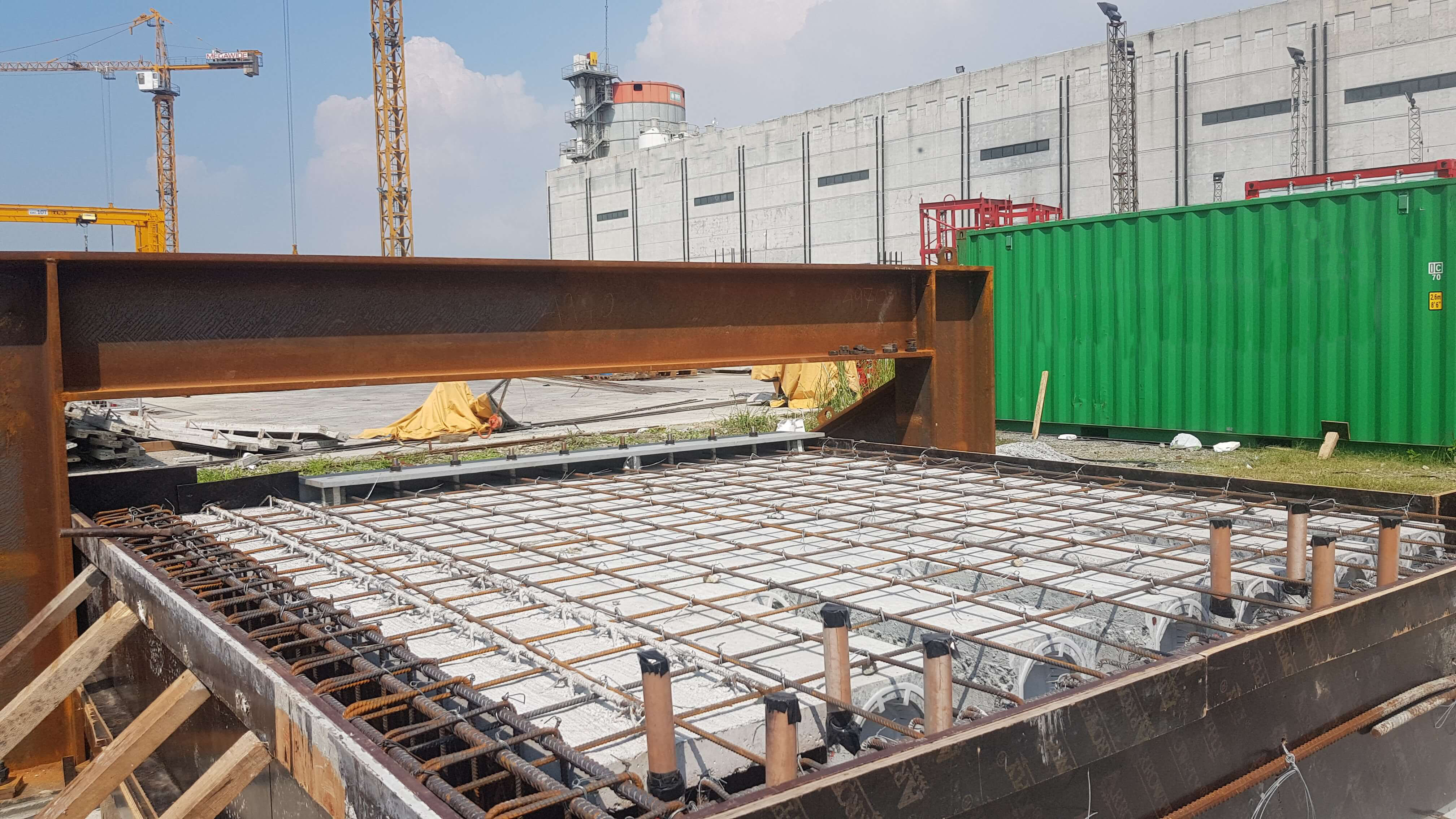
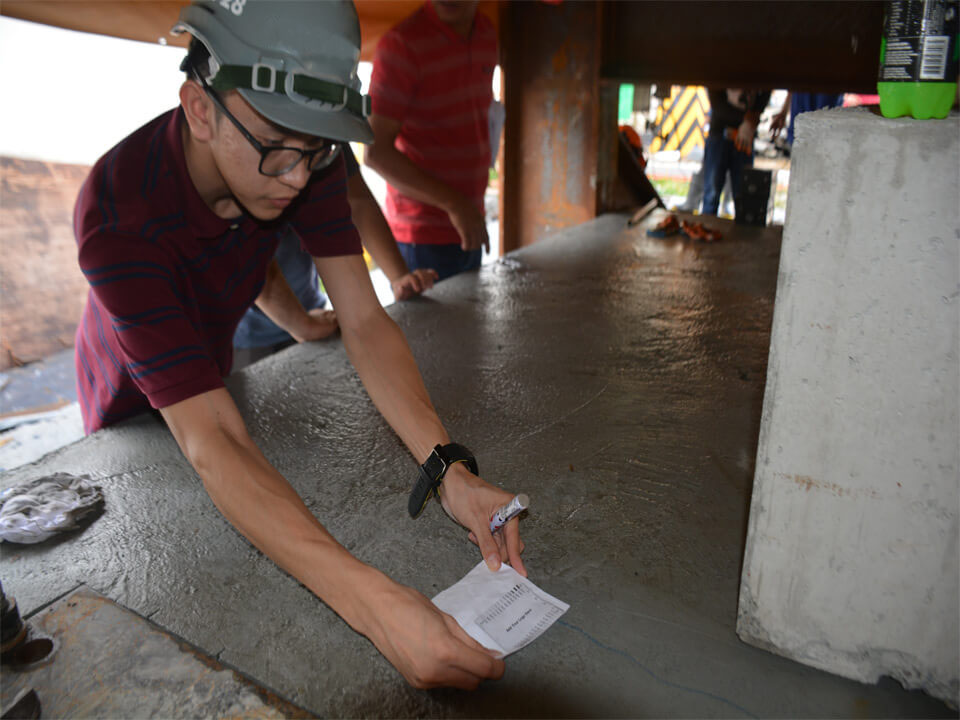

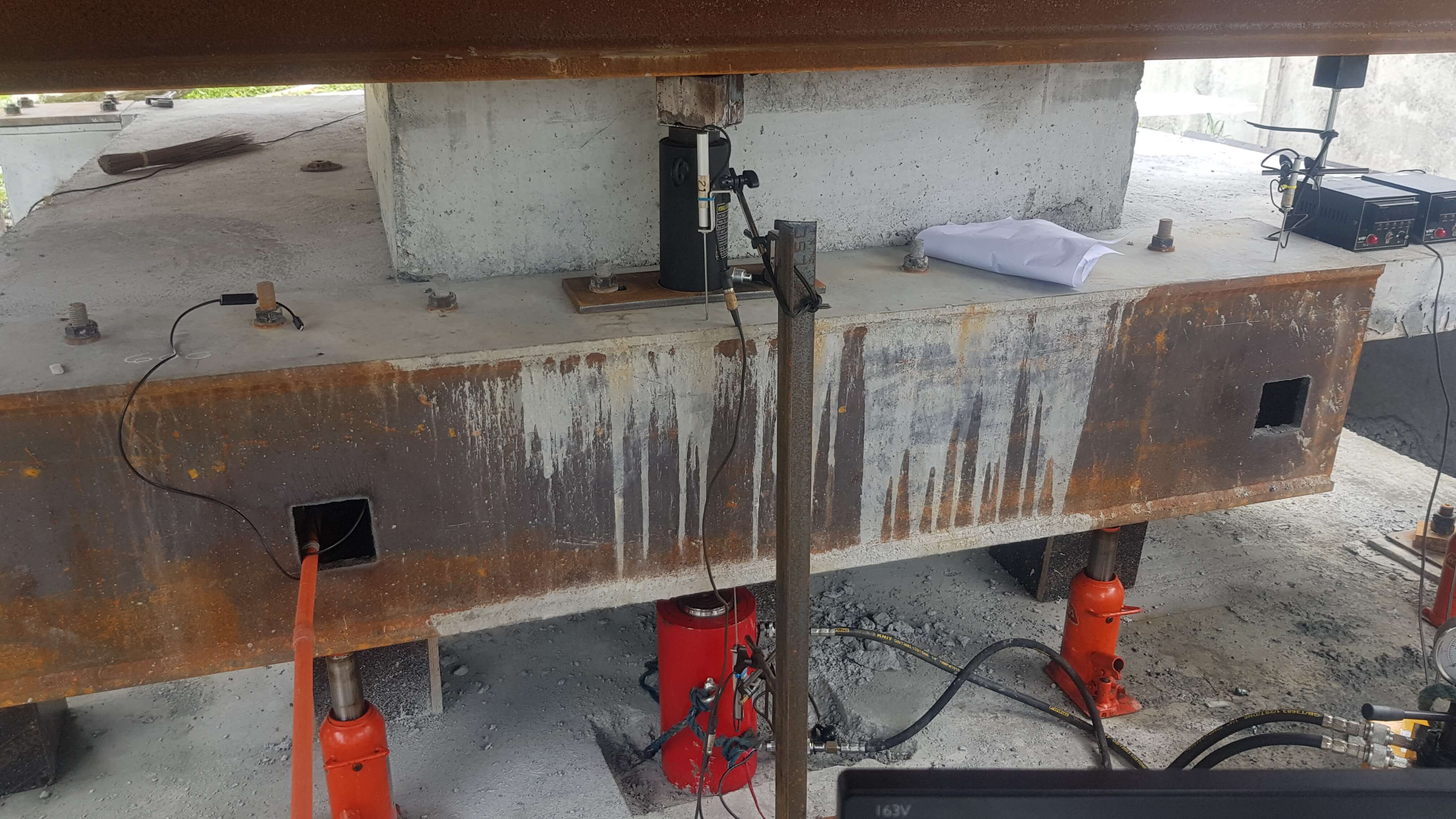
Assessment of the Deformation Compatibility of Hollowcore Floor Unit Connections to Special Moment Resisting Frame Beams under Cyclic Loading.
Philco Façade Testing Laboratory, Bulacan 2019 June
The research intent to conduct cyclic test to two (2) specimens with difference connection details with the assistance of the Megawide Construction Corporation. The cycling loading will be applied at the free end of the specimens. Through this testing we can,(1) check the rotation compatibility between the SMRF beam and the hollowcore precast floor unit on the elastic region of the beam, (2) compare the results of the specimens under the target drift limits of ± 1%, ±2%, and ±3% and up to failure, (3) develop a ductile connection detail that can withstand high seismic forces, (4) develop a diaphragm connection performance and (5) check if the web split when twisting effect is considered.
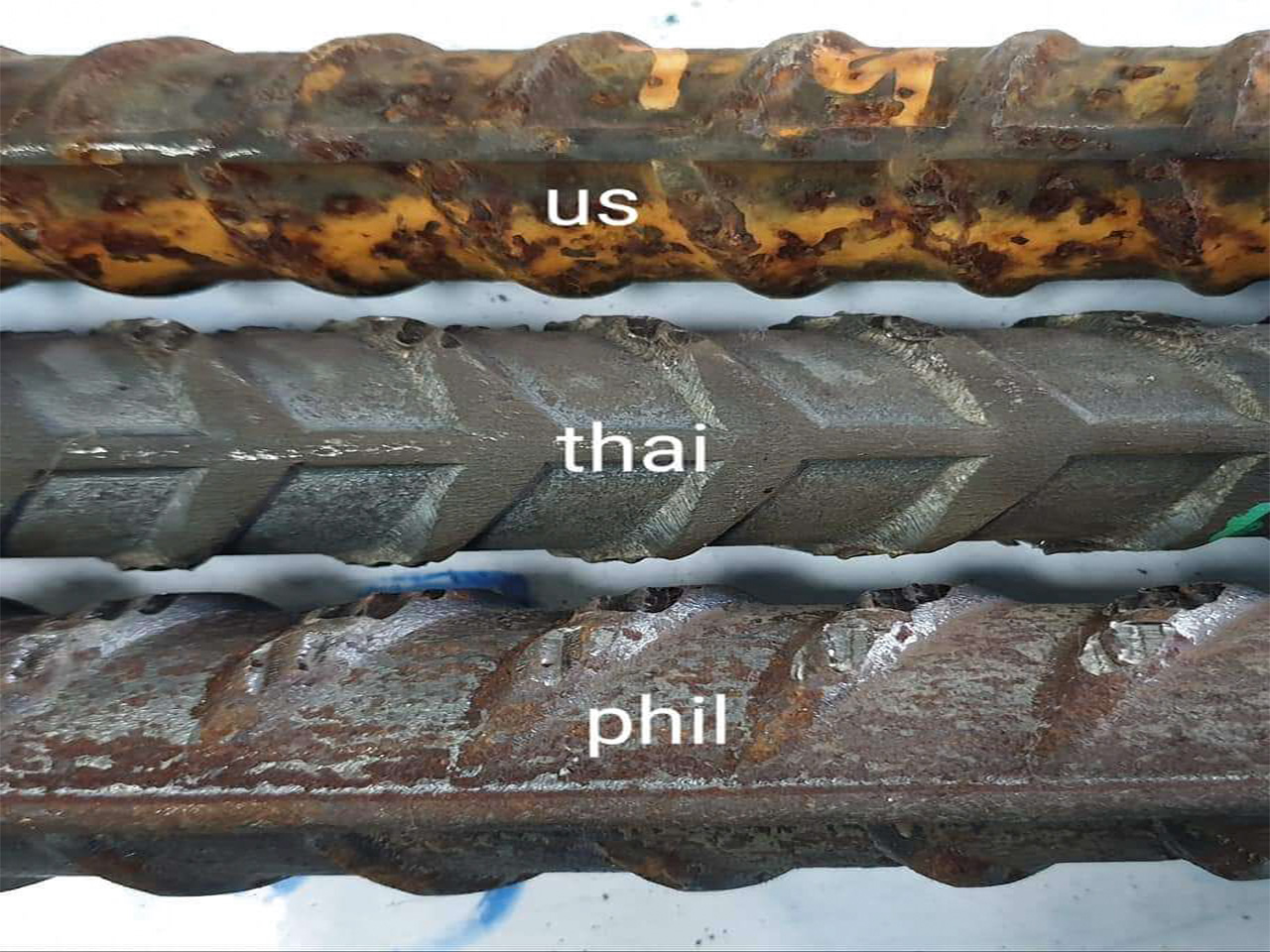
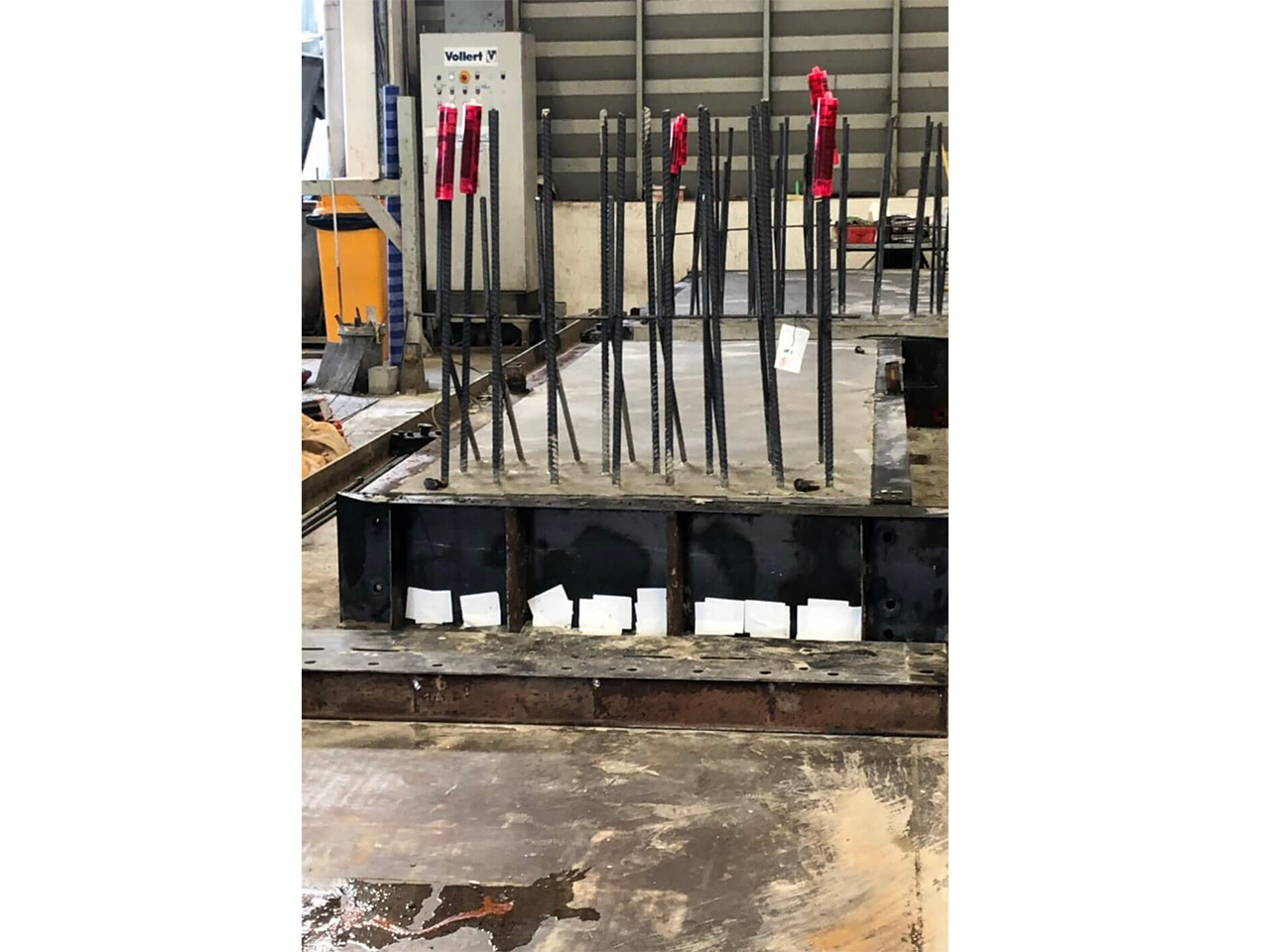
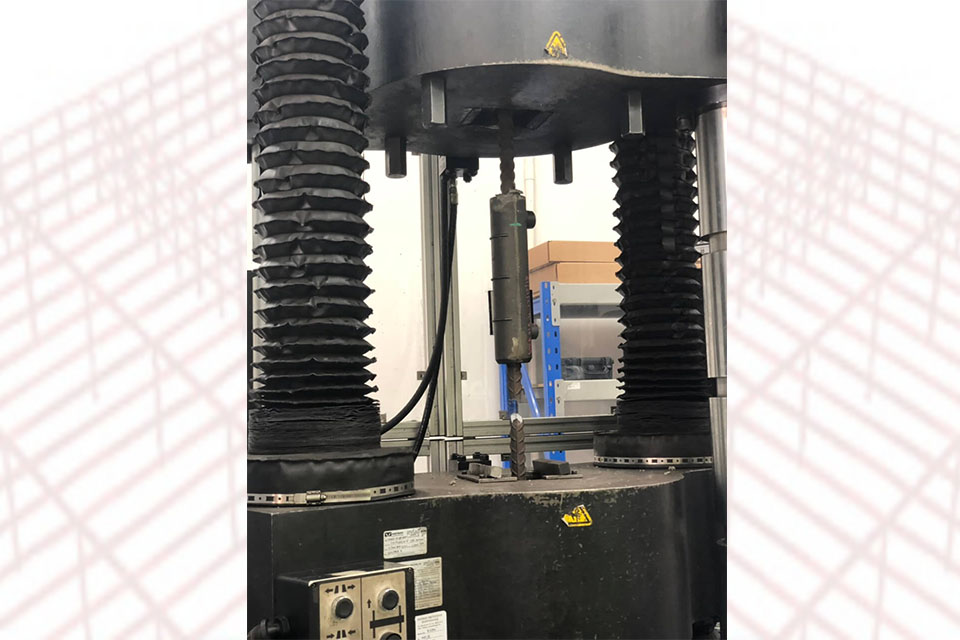
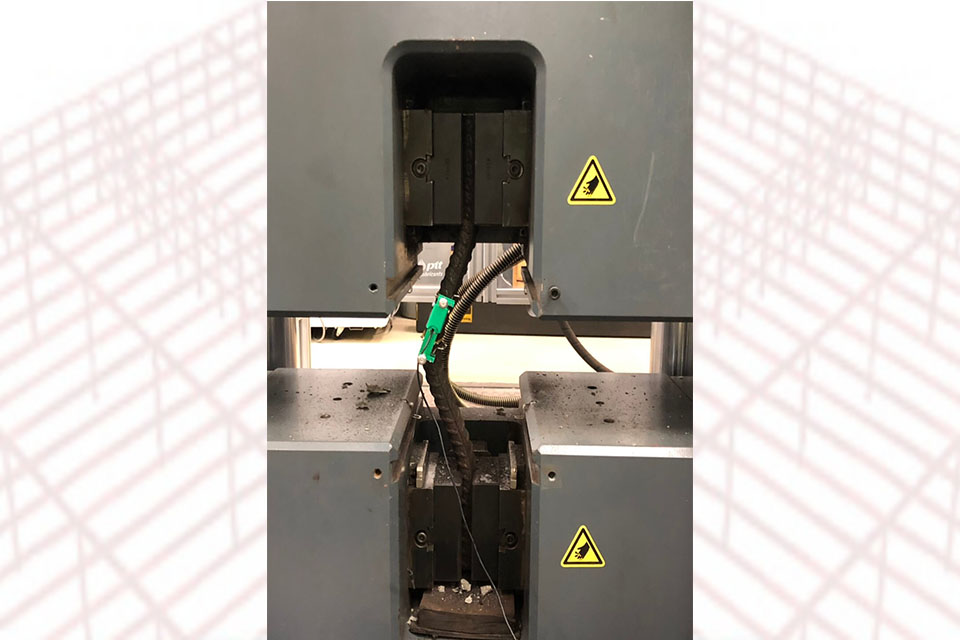
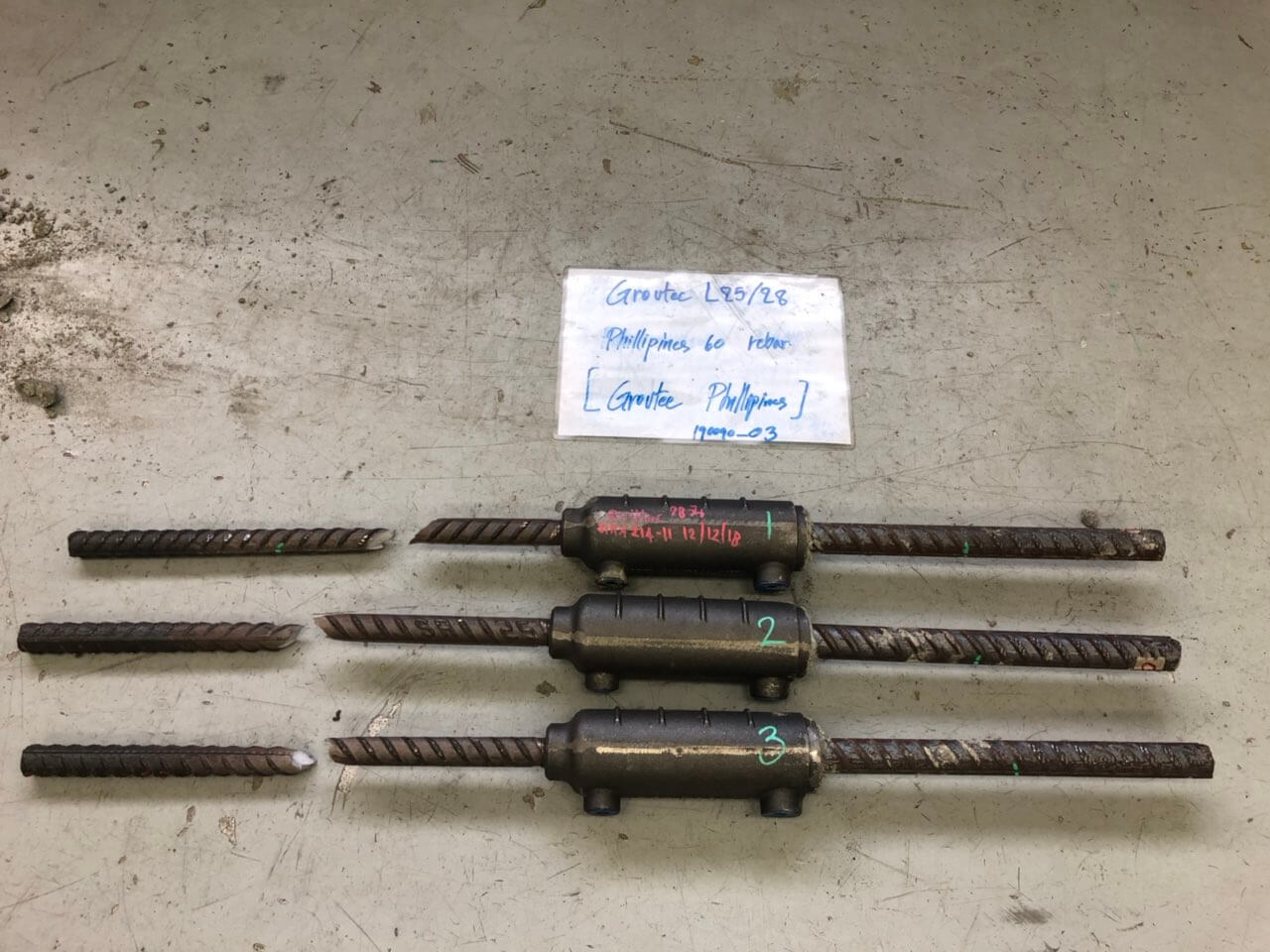
Rebar Coupler Testing
Dextra Groutec Thailand
2019 January
This testing will examine couplers, a mechanical splicing system with one threaded end especially designed for the connection of precast concrete elements. The specimens to be used are reference bar dia 25mm, reference bar dia 28mm, groutec 25 splice, groutec 28 splice and groutec transition 25/28 splice. Each specimen will undergo three samples of Monotonic Tensile Test and Plastic Cycle Test AC133 with strain base of +2%, -1%.
|
Contact Info Our Office Address : Unit 1202 Jollibee Plaza, Emerald Ave Ortigas Center, Pasig City, Metro Manila Philippines
|
|||||||||||
© 2021 RB Sanchez Consulting Engineers. All Rights Reserved |
Privacy Policy | Terms of Use |
||||||||||